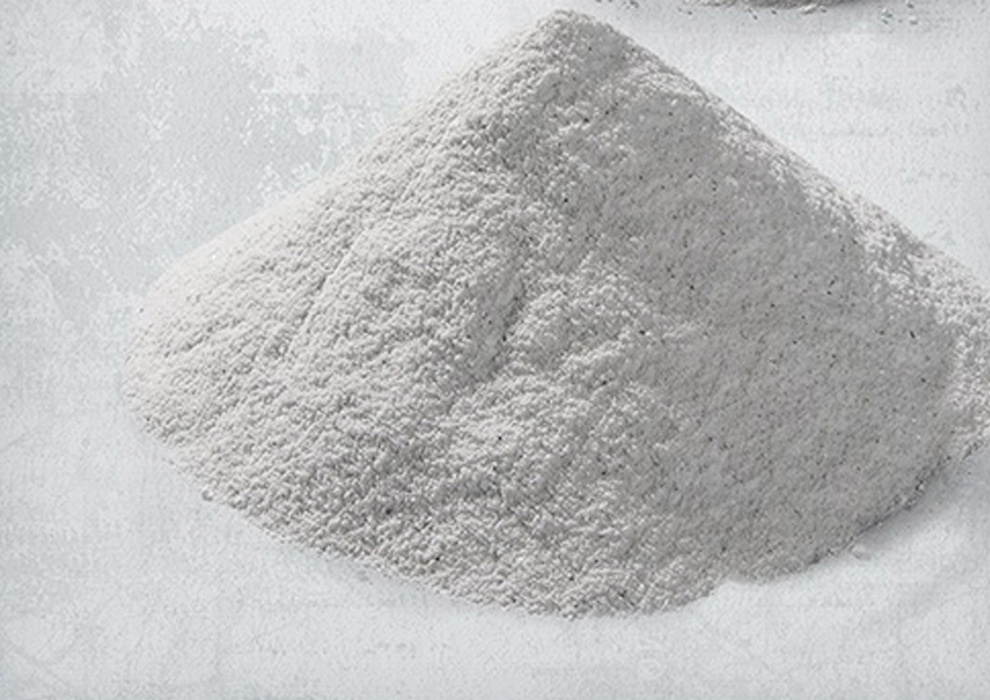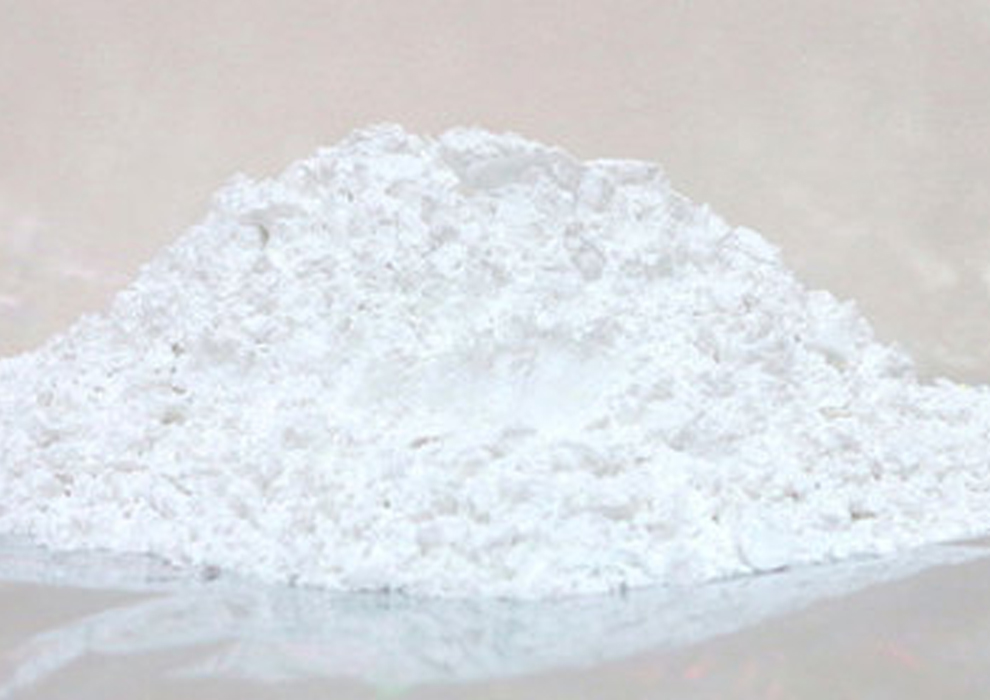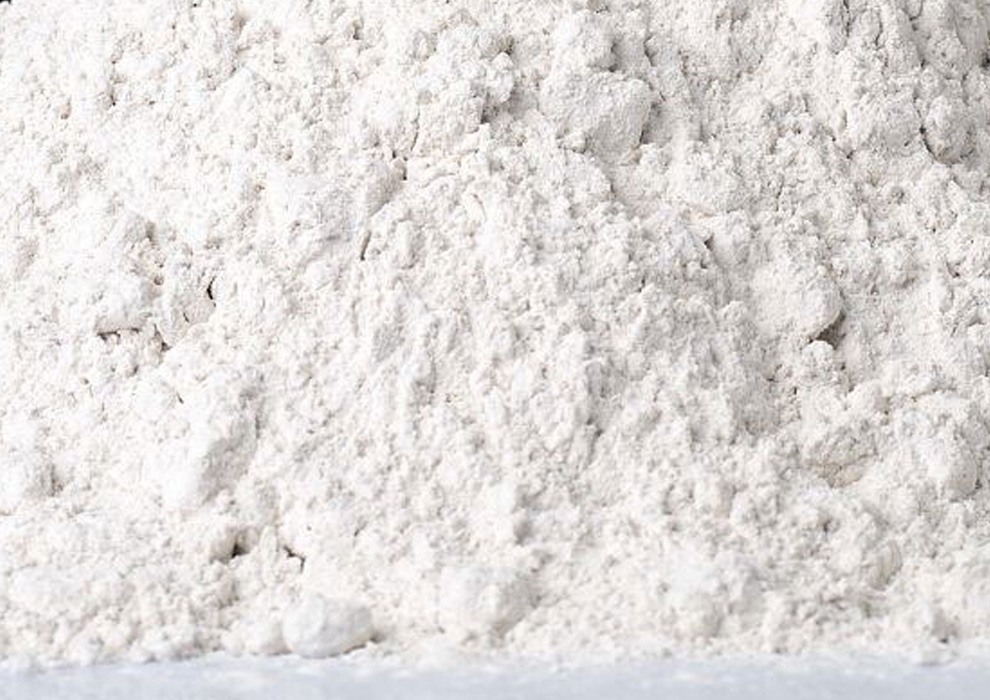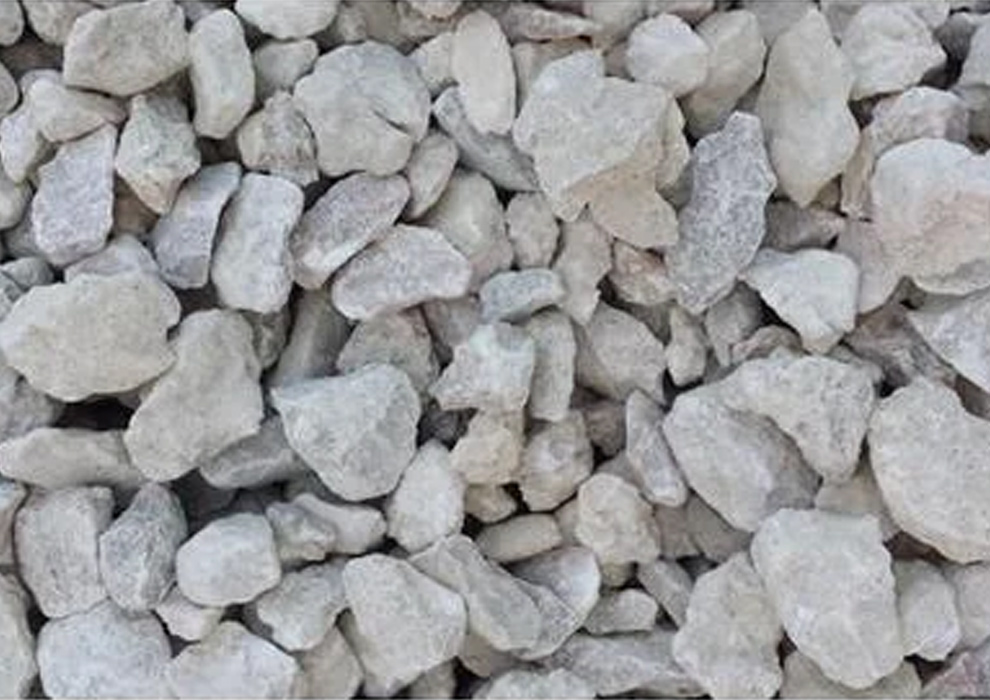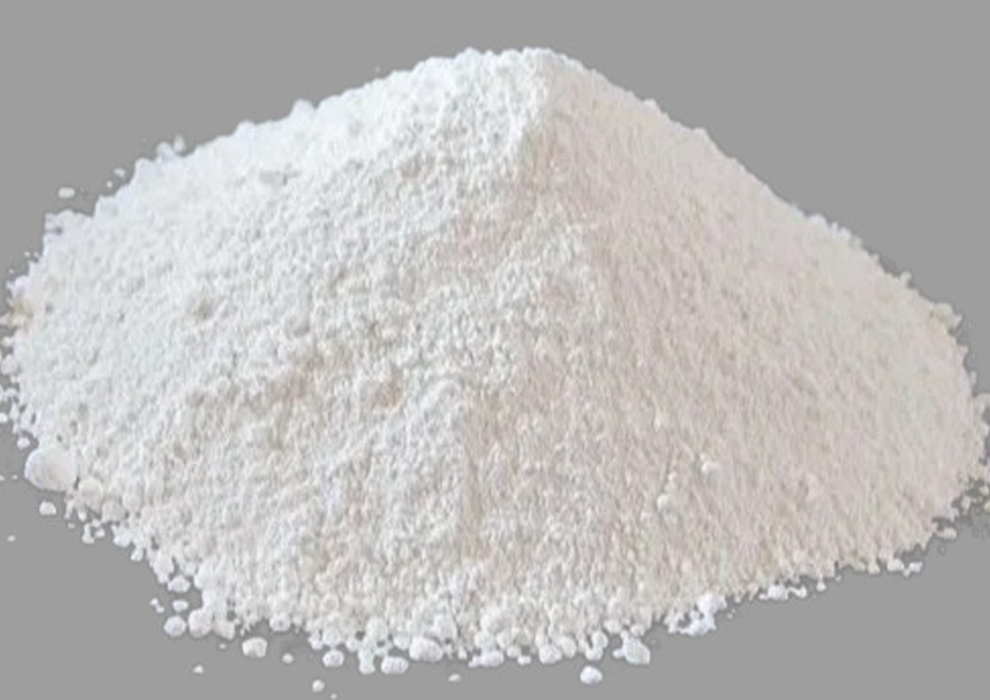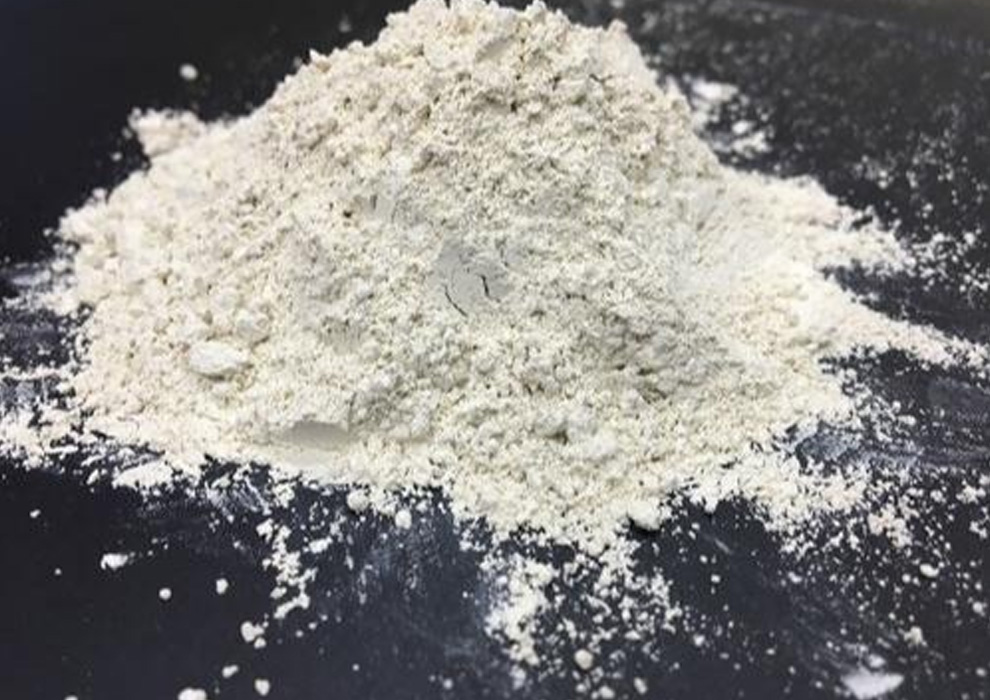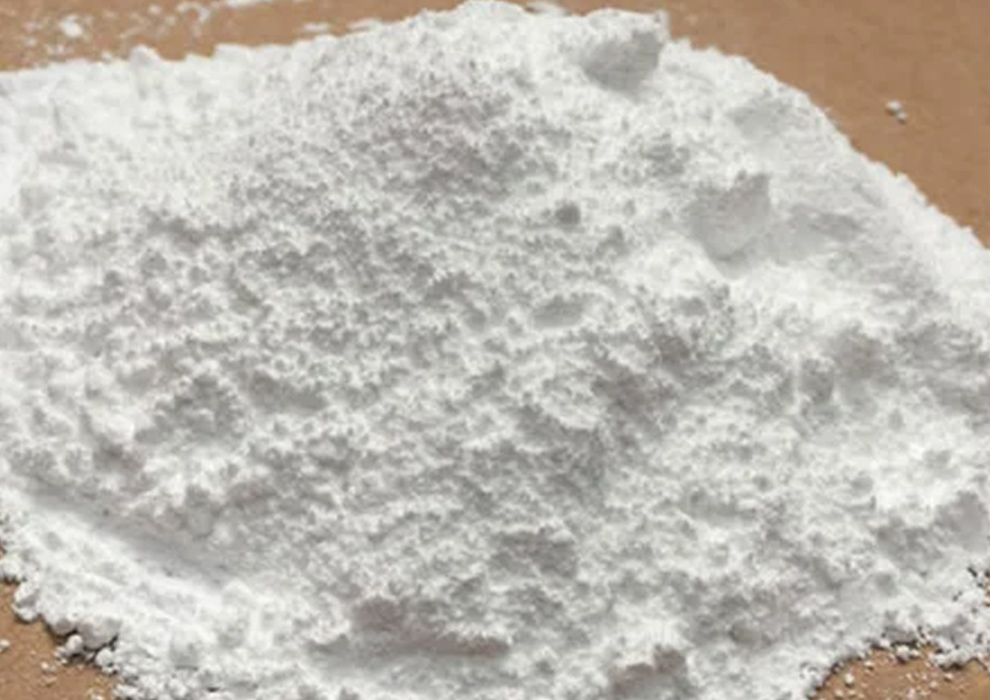Chemical gypsum


Chemical gypsum Uses
Flue Gas Desulfurization Gypsum
One of the most common sources of chemical gypsum is the flue gas desulfurization process used to reduce sulfur dioxide emissions from coal-fired power plants. In this process, limestone or lime is used to react with the sulfur dioxide in the flue gas, producing calcium sulfate dihydrate as a byproduct, which is then collected and used as chemical gypsum.
Phosphogypsum
Another source of chemical gypsum is phosphogypsum, a byproduct of the phosphate fertilizer industry. Phosphogypsum is created during the extraction of phosphoric acid from phosphate rock. It contains elevated levels of impurities and trace elements.
Titanogypsum
Titanogypsum is produced as a byproduct of titanium dioxide pigment manufacturing.
Citrogypsum
Citrogypsum is derived from the citric acid production process..
Characteristics
Chemical gypsum shares many properties with natural gypsum, but its composition and impurities can vary depending on the source and the specific industrial process.
Construction
Like natural gypsum, chemical gypsum can be used in construction materials such as plaster, drywall, and cement.
Agriculture
It can be used as a soil amendment to improve soil structure and provide calcium and sulfur nutrients to plants.
Environmental Considerations
The use of chemical gypsum helps reduce the demand for natural gypsum mining. However, the processing and utilization of chemical gypsum should be managed responsibly to minimize environmental impacts and ensure proper disposal of impurities.
Regulation
Depending on the source and specific composition, chemical gypsum might be subject to regulations related to impurities and potential environmental effects.



